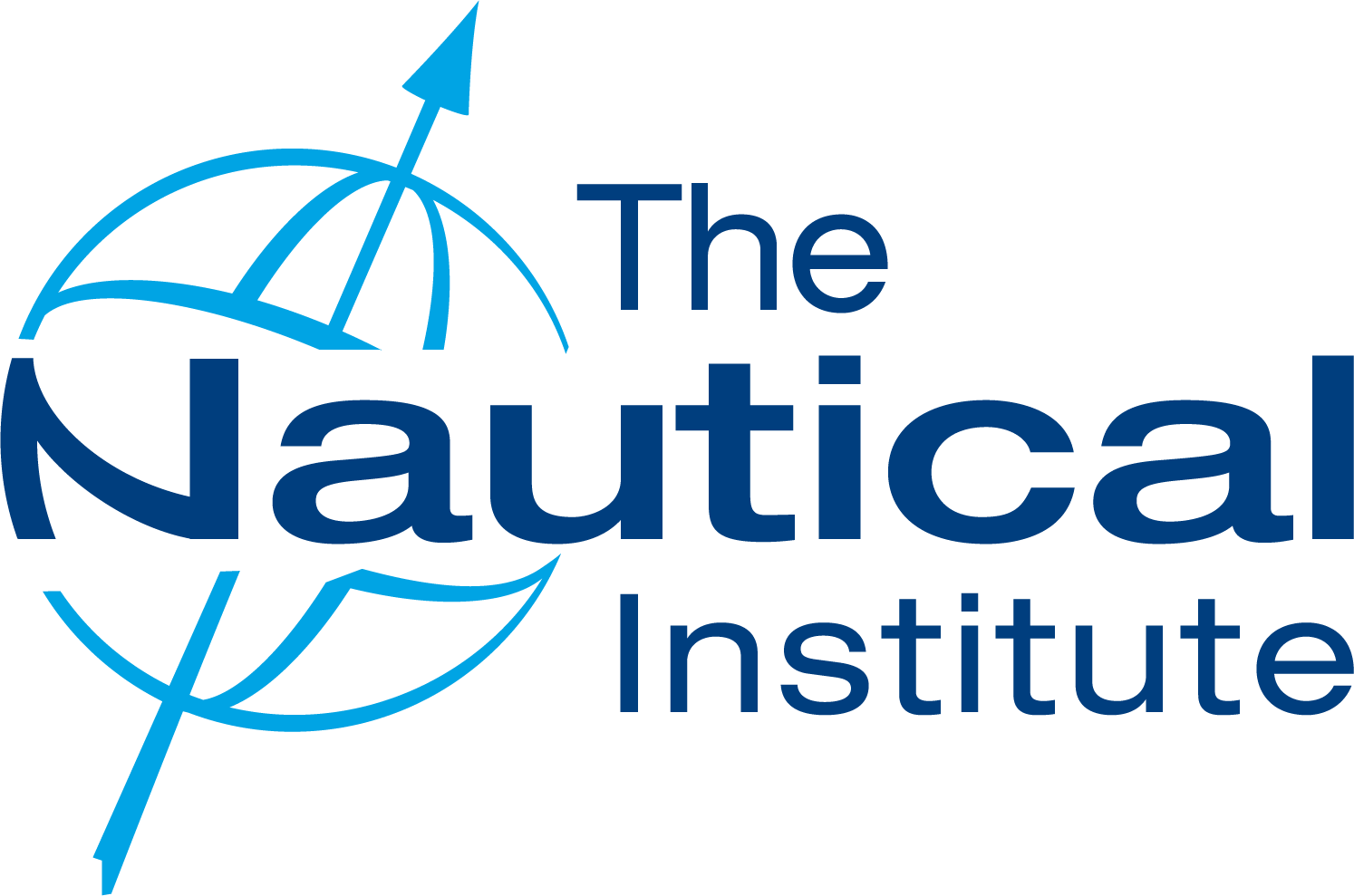200157 A Sitting Duck
A Sitting Duck
Report No. 200157
I was OOW on a Subsea Installation Vessel operating in the Southern North Sea in restricted visibility. Fog signals were being sounded and lookout closed up. Due to the nature of our operations we were required to work in the NE bound lane of the TSS north of the F3 Junction and were restricted in our ability to manoeuvre (RAM).
Halfway through operations, thick fog descended on the vessel and the Master halted work within the TSS for obvious safety reasons. We positioned the vessel 3nm east of the NE bound lane to keep well clear of the traffic and maintained the vessels head into wind and tide to hold position, in other words no longer RAM. The fog continued for some time - over 24 hours in fact and thus the Master required sleep, having been awake for many hours on the Bridge.
The OOWs were given strict orders to call the Master if there was any doubt at all as to other vessels intentions, as is the norm, in the Night Order Book. At approximately 0115 own vessel's head was westerly into the prevailing conditions and stopped over the ground and visibility 100m. I tracked a vessel proceeding up the NE lane at approximately 18 knots - the CPA was 3nm and I was not unduly concerned given our position "out of the way"
However, when the vessel reached a position very close to its CPA at about 3nm, it altered to STBD and headed straight for us with a CPA of zero. Obviously this was of some immediate concern to me and I put the helm hard a Starboard and Main Engine full ahead - being stopped over the ground previously, to enable me to get away from the other vessel safely. During this time I called the Master who came to the bridge within moments.
However, then the other vessel altered HARD TO PORT and we had an immediate close quarters situation on our hands with the distance between vessels of around a mile by then.
As we continued to turn to starboard the distance closed to less than 3 cables which in anyone's book is very close, especially in fog. We continued to turn hard a starboard and main engine full ahead until we were steaming away from the other vessel on a reciprocal heading and the other vessel was well clear. We did not see the other vessel at any time.
There are several lessons to be learned from this near incident.
- 3nm at 18 knots does not give much time for reaction - Safe speed?
- Altering to PORT in fog for a vessel forward of the beam is madness.
- Ensure your engines are ready for immediate manoeuvre and full power is available when stopped in fog.
- Heading towards an area of traffic concentration while stopped can make it difficult to take action in sufficient time.
- Slowing down is not an option when you are already almost stopped!
An accident is waiting to happen in that particular area, as is testified by the number of MARS reports concerning it and my own experiences. Perhaps more should be done to improve vessel control in that area, including the use of vessel transponders. I think we were very lucky.
